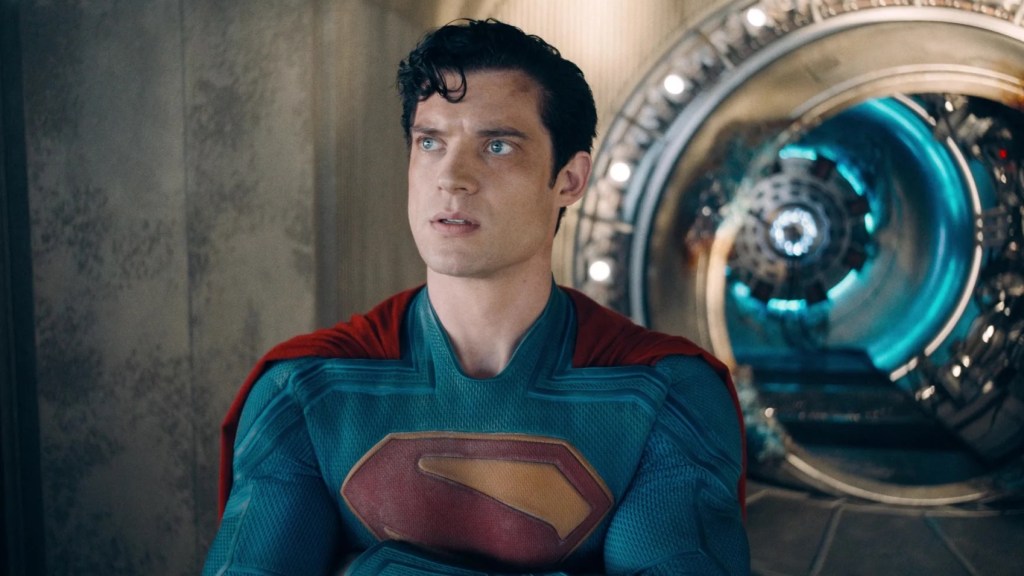By all accounts, Superman was the hit DC Studios needed as the DC Universe franchise kicked off in full swing. Bolstered by positive reviews and audience word of mouth, director James Gunn’s reboot was a box office success, posting over $600 million worldwide. It became the highest-grossing comic book movie of the year, steadily rising up the all-time charts over the course of its run. Surprisingly, Superman hit PVOD a little over a month after it hit theaters. Based on the box office performance, one would have expected it to be a massive draw at home as well, but that didn’t entirely happen.
According to Samba TV, Superman was watched in approximately 527,000 United States households during its first three days on PVOD platforms. In a vacuum, that’s a very strong figure. As a comparison, in six days, Mission: Impossible – The Final Reckoning reached 618,000 households and Thunderbolts* was watched in 449,000. The problem for Superman is that “momentum cooled” after the strong start; between August 15th and September 7th, it was watched in 1.3 million households. This implies the film didn’t have much staying power on the home media market.
Should DC Studios Be Concerned About Superman‘s PVOD Performance?

Superman hit digital platforms in mid-August, which was a controversial decision since it demonstrated strong box office legs over the summer. The idea was to have Superman available on home media ahead of the release of Peacemaker Season 2, which was described as a “direct follow-up” to the film. That connection might have helped fuel Superman‘s impressive PVOD debut, as fans made sure they were all caught up before Peacemaker returned to HBO Max. Once people watched Superman to prepare for Peacemaker, the rentals dropped off.
Seeing these statistics raises the question of whether or not Superman would have done as well in its first three days if the digital release wasn’t so soon after the theatrical premiere. When Superman hit PVOD, buzz for it was at a high point since it was a high-profile summer release, but the further we got away from that peak, viewership declined. One way to interpret that is Superman struggled to retain audience interest and word of mouth, which would be a disappointing turn of events for DC Studios. Superman was the launchpad of the company’s film slate; while theatrical performance is what’s most important, it’s also pertinent for the movies to do well in home media markets, illustrating sustained interest in watching them long after their time in theaters has ended.
DC Studios isn’t looking to copy the Marvel Cinematic Universe formula, but the idea behind the DCU is for it to be a reliable tentpole franchise for Warner Bros., acting as a shared universe consisting of a plethora of films and characters. To accomplish that, the DCU needs to demonstrate its films have the kind of long-term staying power Marvel’s Infinity Saga installments had, and it’ll be interesting to see how the likes of Supergirl and Clayface fare on PVOD next year. If a well-received Superman movie quickly lost momentum, it’s fair to wonder how lesser-known characters will perform by the same metrics.
Of course, there is some nuance to consider when discussing this topic. An argument can be made the close proximity to the theatrical run hurt Superman‘s PVOD figures in the long run. The movie was still doing well in theaters when it hit digital, so people who just saw it on the big screen might have decided to hold off on the rewatch until a later date. Others could be planning to check out Superman again at home, but would rather watch it on HBO Max for “free” instead of paying a PVOD charge. The initial surge could have been driven primarily by people who didn’t see Superman in theaters and wanted to see what all the buzz was about before Peacemaker returned. Since the Superman follow-up Man of Tomorrow has already been scheduled for a 2027 release, it’s safe to say the studio is happy with the way things turned out.







